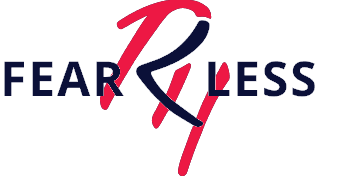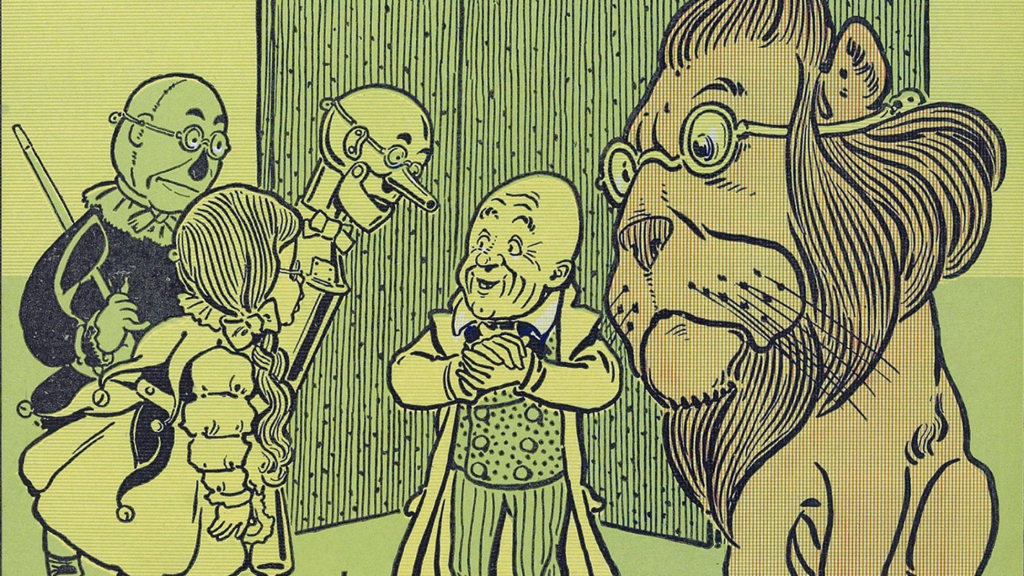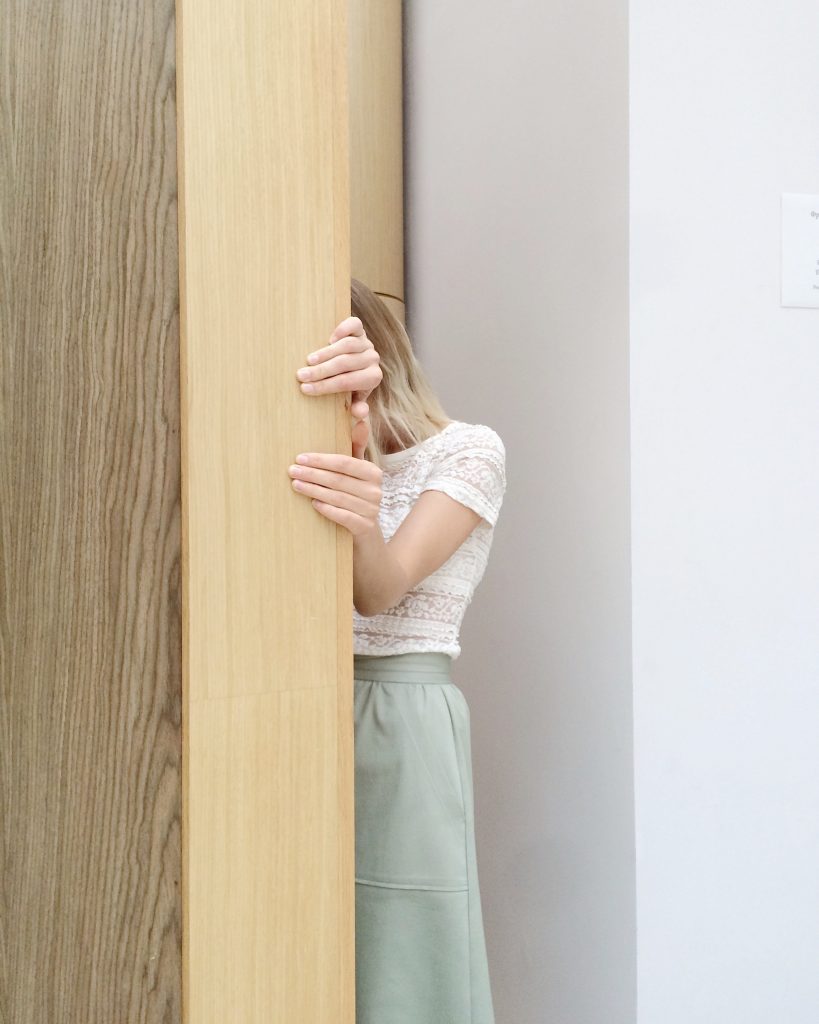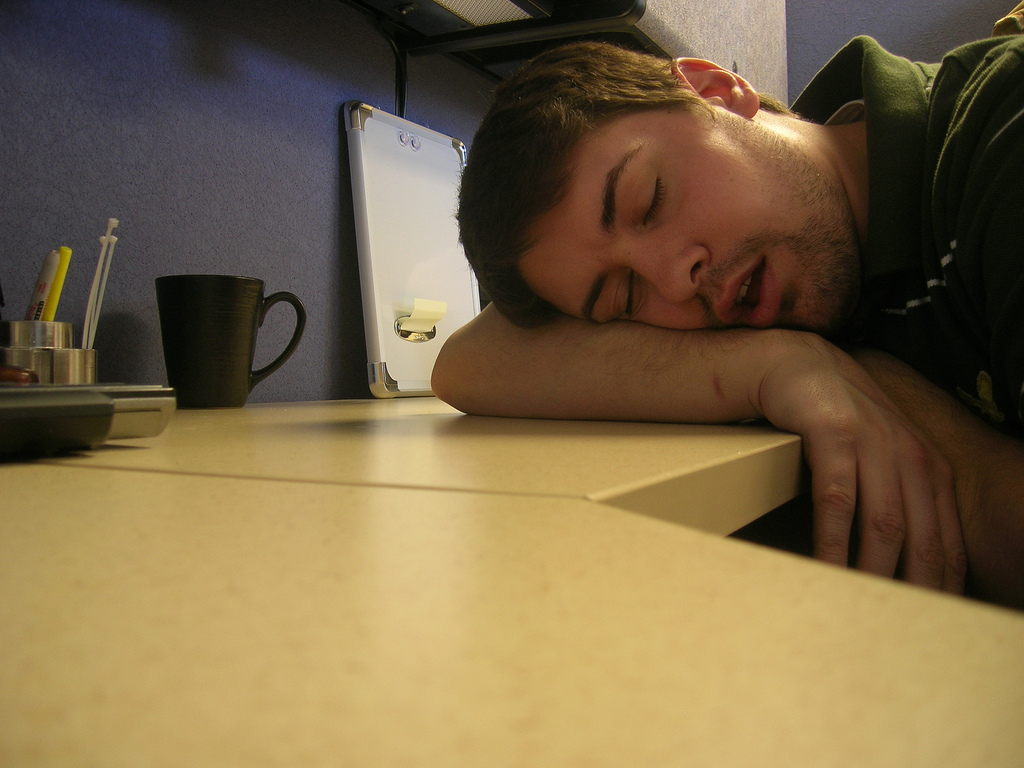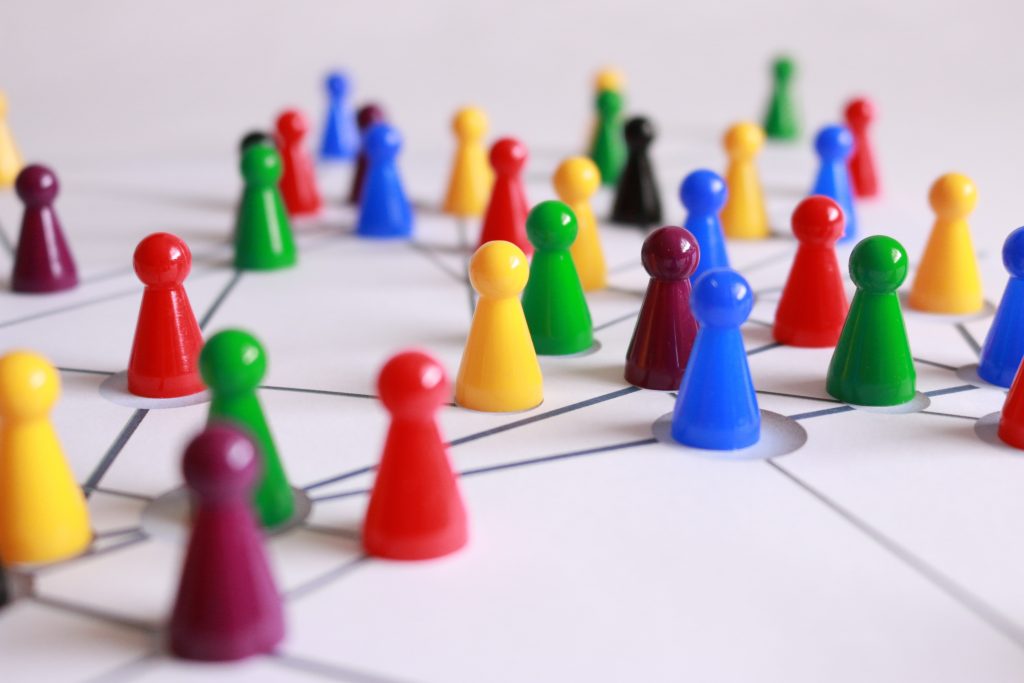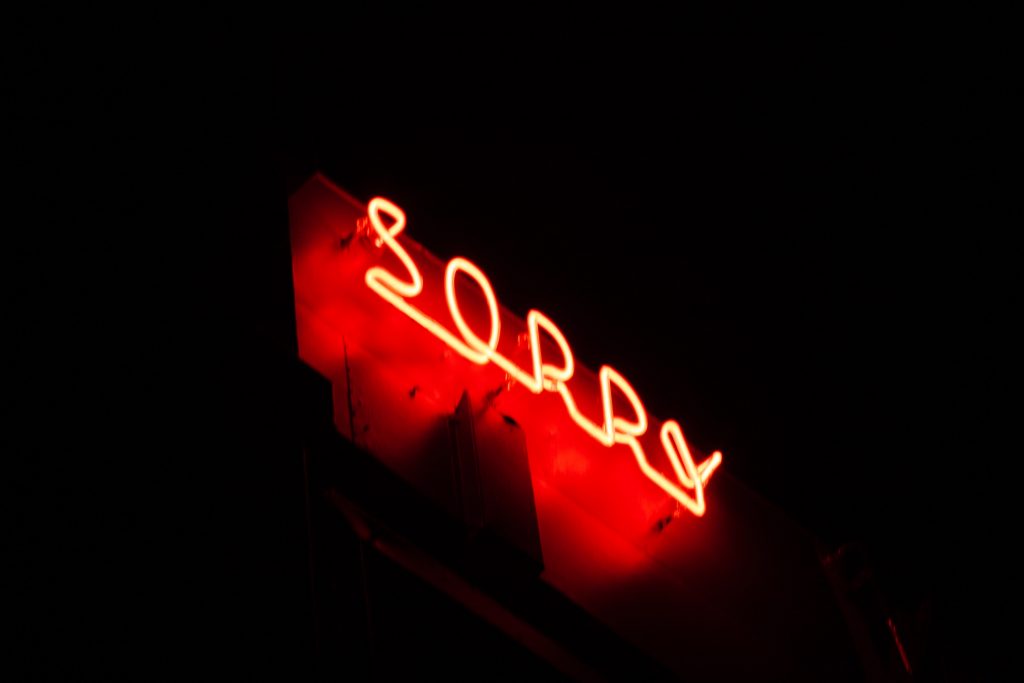As a stress physiologist and professional speaker, I work with a lot of highly accomplished people that despite all their successes, still struggle with sticking to new, healthy habits. The game changer comes when we break down the science behind how habits form and hack our way to doing things differently.
Researchers from MIT found that habits are neurological loops in our brain that consist of 3 basic components. The cue (you see a social media notification), the routine (you click into the app), and the reward (you get a burst of dopamine from knowing what the notification was about).
Step #1 to establish better habits begins with the cue. Researcher Peter Gollwitzer found that by planning and writing down when and where people were going to establish this new habit, they were significantly more likely to stick with it. For example, if my new habit is to read more, I might reframe it with an “If…then” to help my brain understand and recognize the cue differently. If I sit down on the couch at night (that’s the cue) , then I will pick up a book.
Now that I’ve reframed my “read more” habit with a cue for context I’m more likely to be triggered when I sit down on the couch. Good start!
Step #2 in forming and sticking to new habits addresses the routine portion of the neurological loop. You already have a ton of routines throughout your day that you’re likely not even conscious of (you check your phone when you first wake up, brush your teeth at night, have that morning cup of coffee while you read the news…) Whatever your routines are we can take advantage of these through a concept called habit stacking – made popular by James Clear in his book- Atomic habits. Here’s how it works – we link a new behavior that we want to establish to a habit we already have. For example, before I brush my teeth I will meditate for 1 min. Or after I lay down in my bed I will read for 10 mins. Using before and/or after to link a new habit with an already established one helps to solidify a new routine.
Finally, we get to the reward portion of the habit neurological loop – Step #3. Stanford behavioral psychologist BJ Fogg has found the one thing that helps people stick to new habits more than anything else? Celebration. Celebrating right after you complete your habit triggers teh reward pathway which stimulates you to feel better and starts the cycle of the habit itself being intrinsically rewarding. Fogg suggests that habits aren’t about repetition, or frequency or fairy dust, it’s all about EMOTIONS. Emotions create habits. So if you want your new habit to stick, start celebrating! Here are a few ways he suggests you start:
- Do a physical movement — Thumbs up, fist pump, clapping, a victory dance (ya’ll already know that’s my favorite).
- Say something encouraging out loud yourself — ”Awesome!”, ”Bingo!” or ”Good job!”
- Imagine a roaring crown and smile back at their applause.
Until next time, live more, fear(less)!
